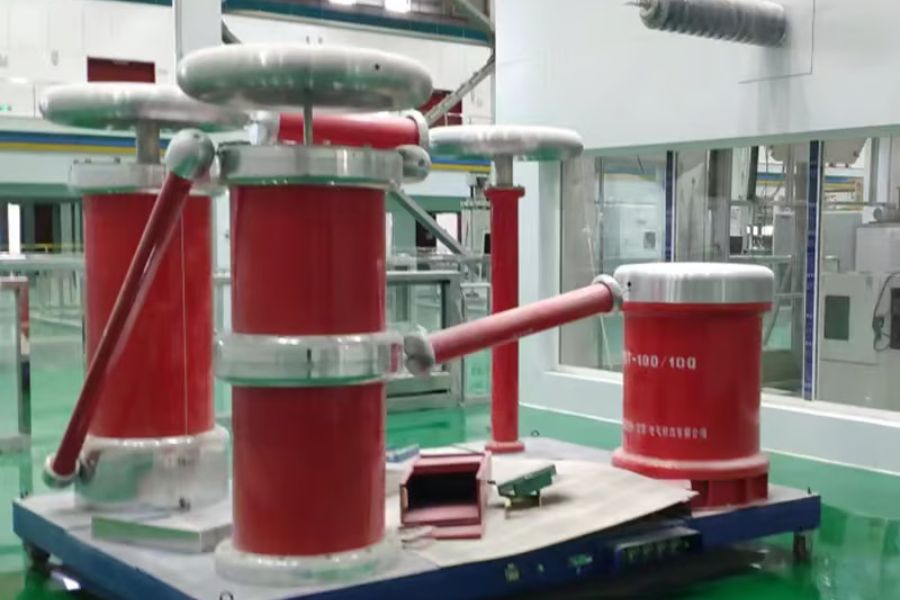Understanding the Basics
When it comes to generating high voltage pulses, it is essential to have a clear understanding of the basics. High voltage pulses are short bursts of electrical energy that have a voltage level above the standard supply voltage. These pulses are commonly used in a variety of applications such as in medical devices, pulsed lasers, and particle accelerators.
Choosing the Right Components
One of the key factors in generating high voltage pulses is selecting the right components. Capacitors, inductors, and switching devices are crucial components in creating high voltage pulses. Choosing components with the appropriate voltage and current ratings is essential to ensure safe and efficient operation.
Designing the Circuit
Designing the circuit for generating high voltage pulses requires careful planning and consideration of various factors. The circuit should be designed to handle the high voltage levels and rapid switching required for generating pulses. Proper layout and grounding techniques are also important to minimize noise and interference.
Implementing Safety Measures
Safety should be a top priority when working with high voltage circuits. It is crucial to follow safety guidelines and use proper protective gear when designing and testing high voltage pulse generators. Insulating components, using proper shielding, and implementing safety interlocks are some measures to ensure safe operation.
Using Pulse Transformers
Pulse transformers play a crucial role in generating high voltage pulses by providing galvanic isolation between the input and output circuits. These transformers are designed to handle high voltage levels and fast rise times required for pulse generation. Proper selection and placement of pulse transformers are key to achieving reliable pulse generation.
Employing Switching Devices
Switching devices such as MOSFETs and IGBTs are commonly used in high voltage pulse generators to control the flow of current and switch the circuit on and off rapidly. These devices are chosen based on their voltage and current ratings, as well as their switching speed and efficiency. Careful driver design is necessary to ensure proper operation of these switching devices.
Optimizing Rise Time and Duration
The rise time and duration of high voltage pulses are critical parameters that determine the performance of pulse generators. Optimizing these parameters involves selecting the right components, tuning the circuit parameters, and minimizing parasitic effects. Achieving fast rise times and precise pulse durations requires careful design and testing.
Calibrating the Circuit
Calibrating the high voltage pulse generator is essential to ensure accurate and reliable operation. This involves measuring the output pulses using oscilloscopes, voltage probes, and other test equipment to verify the voltage levels, rise times, and pulse durations. Calibration should be done periodically to maintain the performance of the circuit.
Testing and Troubleshooting
Once the high voltage pulse generator is built, thorough testing is necessary to verify its functionality and performance. Testing involves applying input signals and monitoring the output pulses to ensure they meet the desired specifications. Troubleshooting any issues that arise during testing is critical to identifying and resolving potential problems.
Exploring Advanced Techniques
As technology advances, new techniques for generating high voltage pulses continue to emerge. Techniques such as pulse-width modulation, voltage multiplier circuits, and resonant converters offer new possibilities for achieving higher voltages and faster rise times. Exploring these advanced techniques can lead to innovative solutions for high voltage pulse generation.
Quote Inquiry
Contact us!

